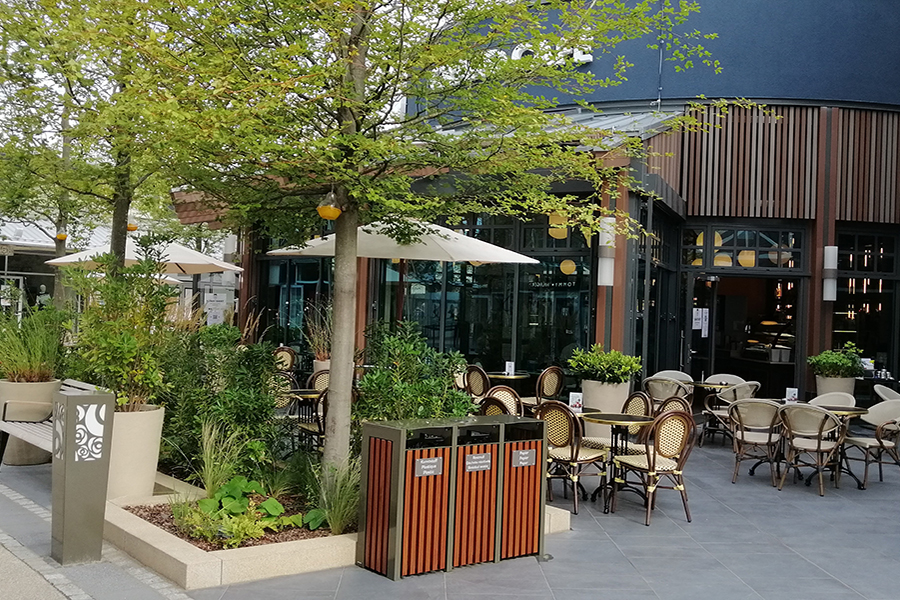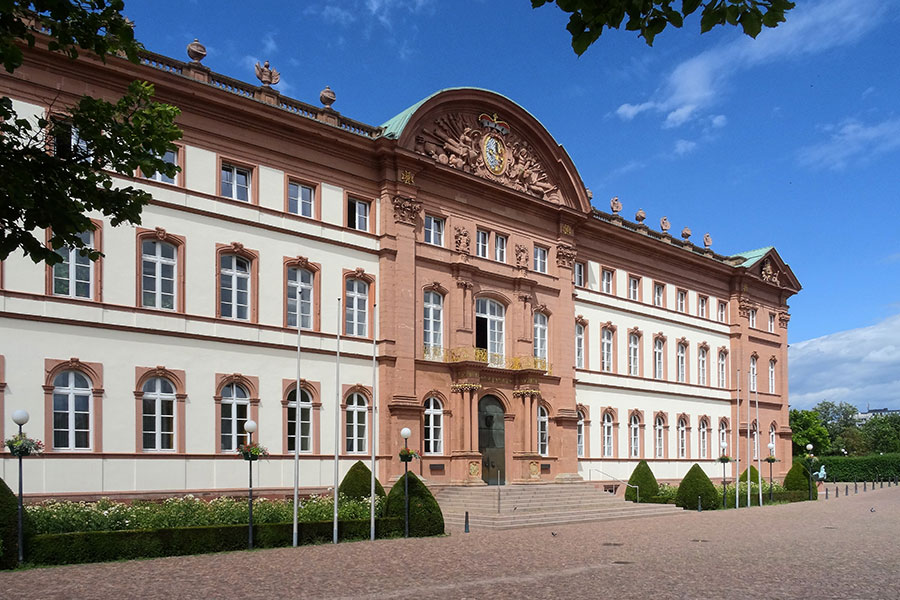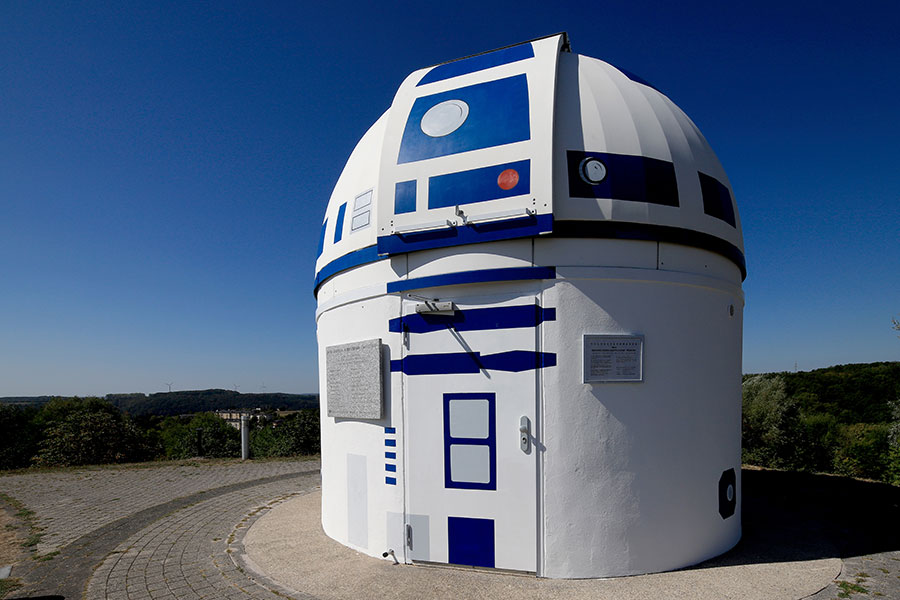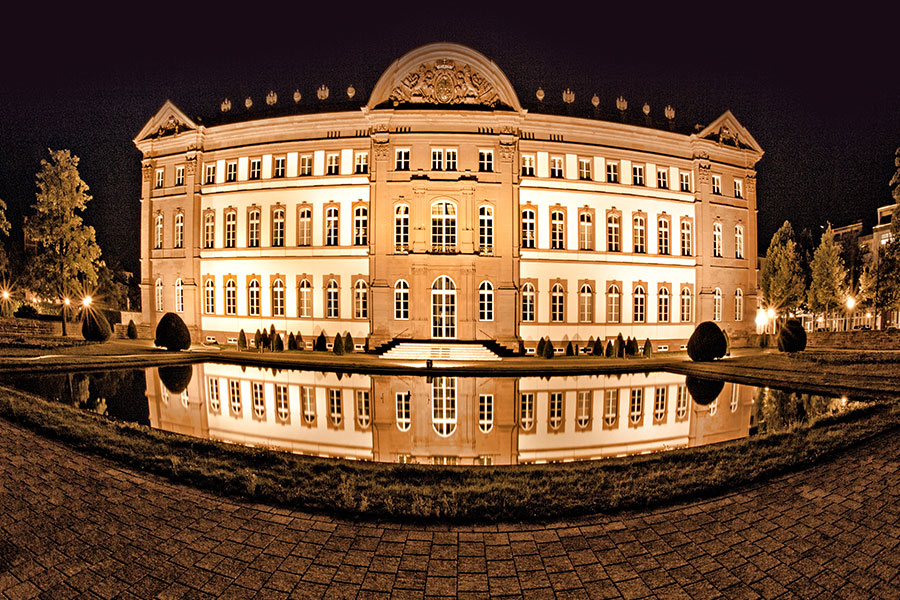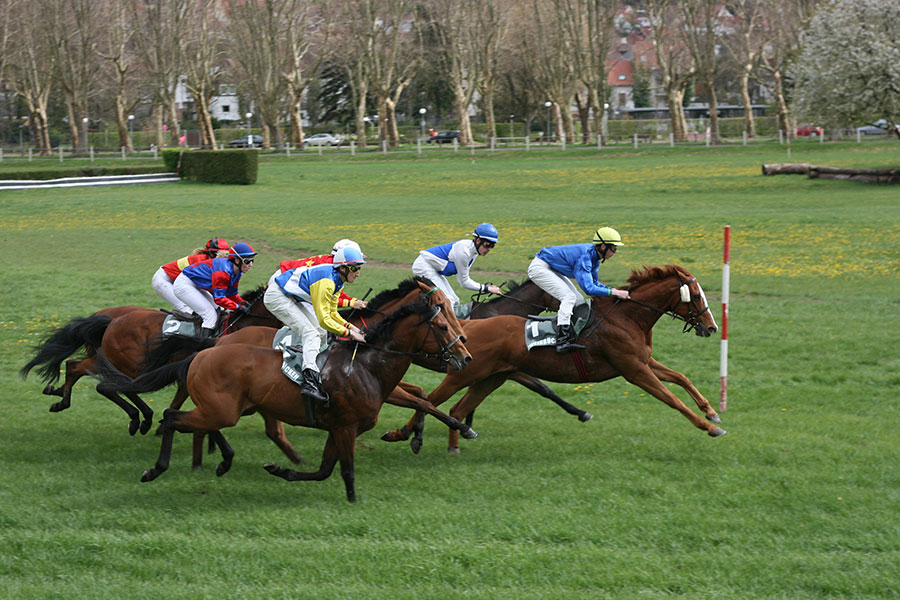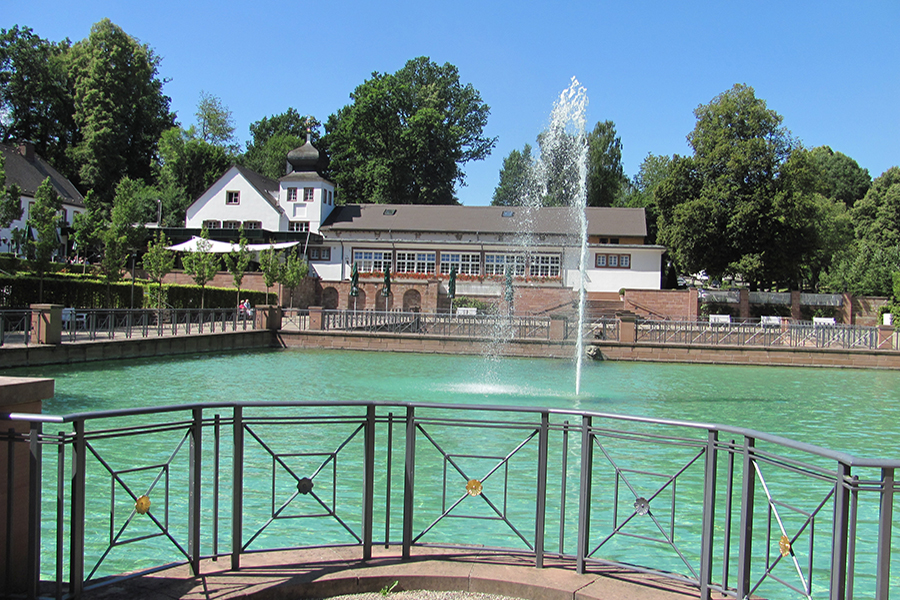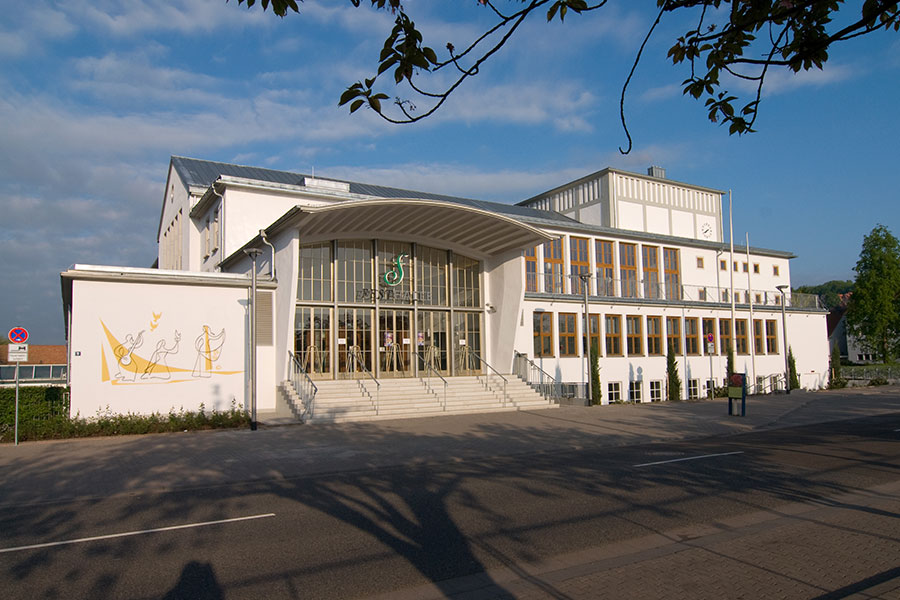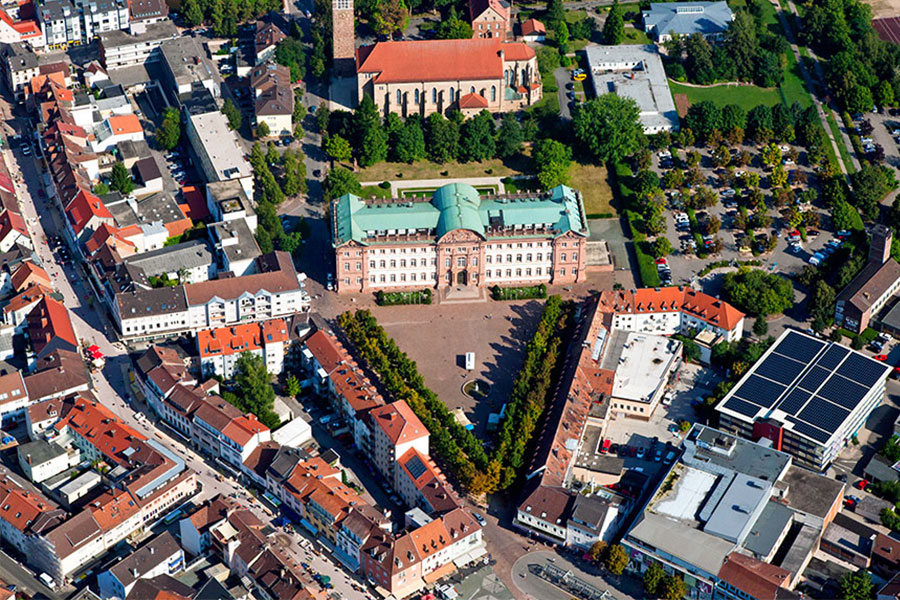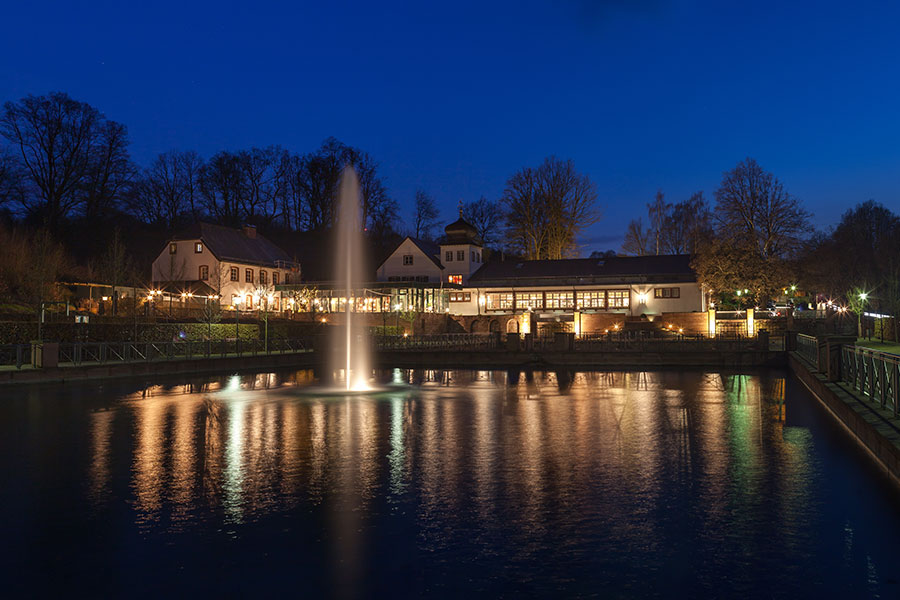CITY OF ZWEIBRÜCKEN
The city of roses impresses with its location between Bliesgau and Palatinate Forest as well as its inner-city water courses and gardens. The relaxed city size makes it a popular place to live.
The smallest independent city in Germany with just under 35,000 inhabitants was the seat of the dukes of Palatinate-Zweibrücken for several centuries. What many do not know: The first Bavarian king comes from the Zweibrücker line. The ducal palace, the Herzogplatz and the famous Zweibrücken state stud still testify to the former function as a residence.
In the middle of the 19th century, industrialization started in Zweibrücken. Numerous large industrial companies are still based here, including the crane manufacturer Tadano Demag and the agricultural machinery producer John Deere. After the closure of the US airfield Zweibrücken, the largest outlet center in Germany developed on the vacant area – a supra-regional visitor magnet and a driver of employment for the region.
As a result of the withdrawal of the American and Canadian armed forces after the end of the cold war, Zweibrücken also became a university town. A branch of the Kaiserslautern University of Applied Sciences was built on a former barracks site. The main focus is on business administration as well as computer science and microsystem technology.
Zweibrücken is not only an important business location but also a popular place to live. The location between the Bliesgau and Palatinate Forest Biosphere Reserves means quality of life for their residents. The third largest rose garden in Germany and the wild rose garden establish the epithet of Zweibrücken as “rose city”. A green ribbon runs across the city along the Schwarzbach. As a “city on the water”, Zweibrücken unfolds urban qualities here.
